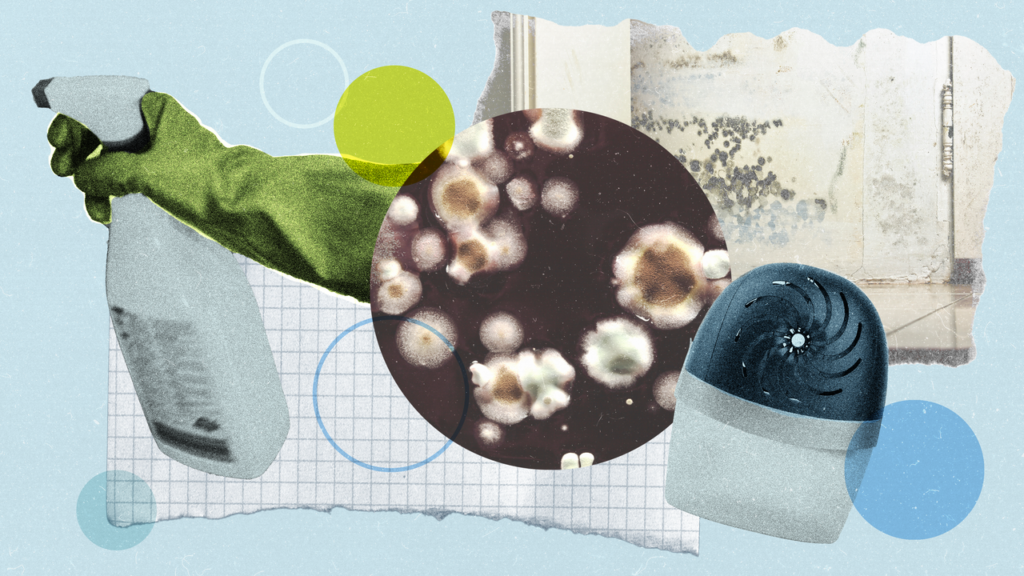O’Donnell explains that if you have a bit of mold around your sink, it’s likely due to constant excess moisture in the bathroom, insufficient air flow, and a temperature just high enough for mold growth. The solution could be as simple as cracking open the window or flipping on the exhaust fan post-shower. If you still see a lot of moisture during and after your shower outside of the tub, you may need to upgrade the exhaust fan.
“If you can get your house to be dry like the desert, you’re going to be able to not only solve a lot of these mold issues, but be in control of [them],” Apfelbaum adds.
Apfelbaum also notes that frequent dusting can help prevent mold. “Many times, the biggest food source for mold in the basement is dust, and you’ll see it in the insulation in the ceiling,” he says. “You don’t necessarily have to have a cleaning service come once a week, but at least once a month, vacuum, wipe, and dust the basement, because whatever happens in the basement is going to [travel] throughout the house.”
Can I remove mold myself? Or should I call a professional?
Hiring a professional mold remediator will spare you the time, energy, and aggravation of handling a complex problem—like extensive black mold in hard-to-reach places—on your own. But there’s plenty of mold and mildew issues that don’t really require any special equipment or industry know-how. Here’s a few steps for handling the problem yourself, as well as tips to understand when to call in the pros.
1. Don’t delay: Size up your mold right away
Once you notice what could be mold, examine the area of concern and any adjacent walls, floors, or surfaces. As mentioned earlier, not all molds look the same. But you can get clued into how big of a job you’re facing by seeing how extensive the water damage or mold has already spread and determining what the likely source of moisture is. A few splotches of surface mold in your tub, on your bathroom tiles, or around your faucet doesn’t typically indicate a deeper problem. You shouldn’t need assistance for that.
Apfelbaum suggests that anything smaller than a couple of square feet could probably be a DIY job, which is roughly in line with the federal recommendation of nothing larger than a roughly 10-square-foot patch. If you suspect hidden mold—as in, within your walls, behind cabinets, or in your insulation—or if you find mold in any porous surfaces or absorbent materials, like carpets, call a pro. You’ll need to remove and replace any materials in the affected area.
